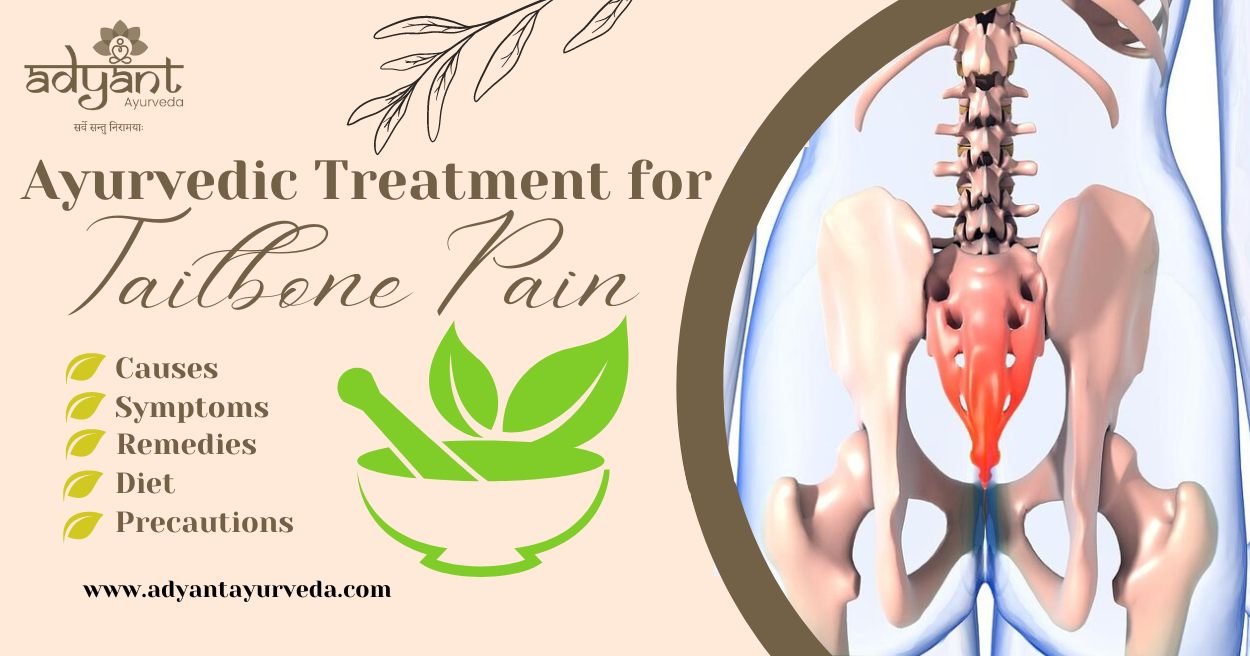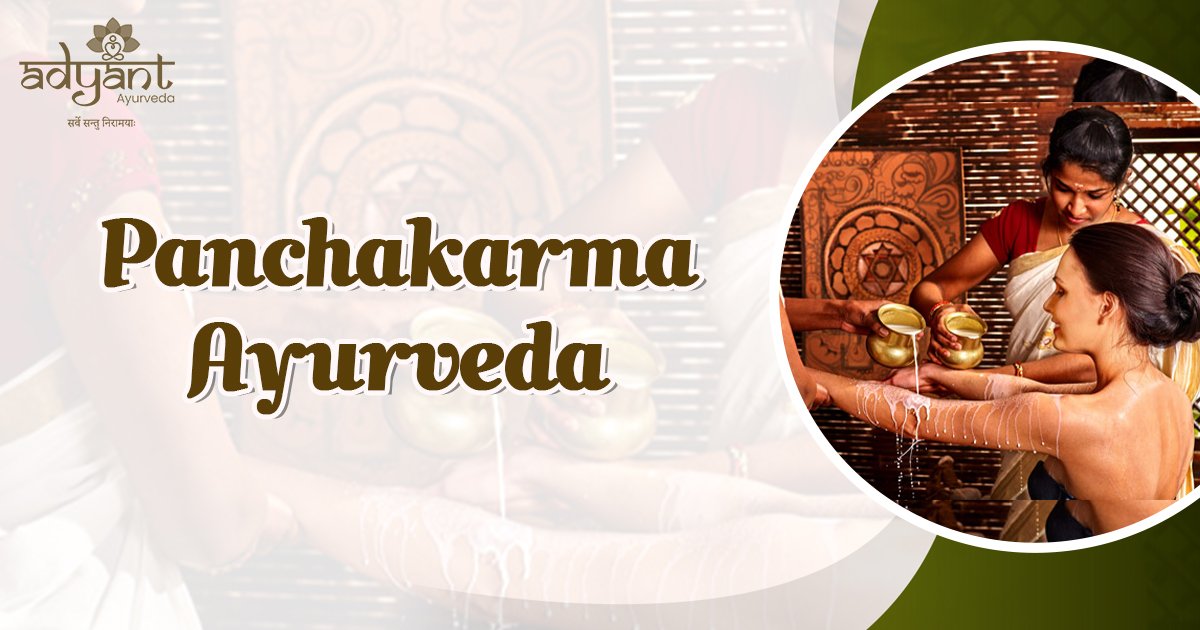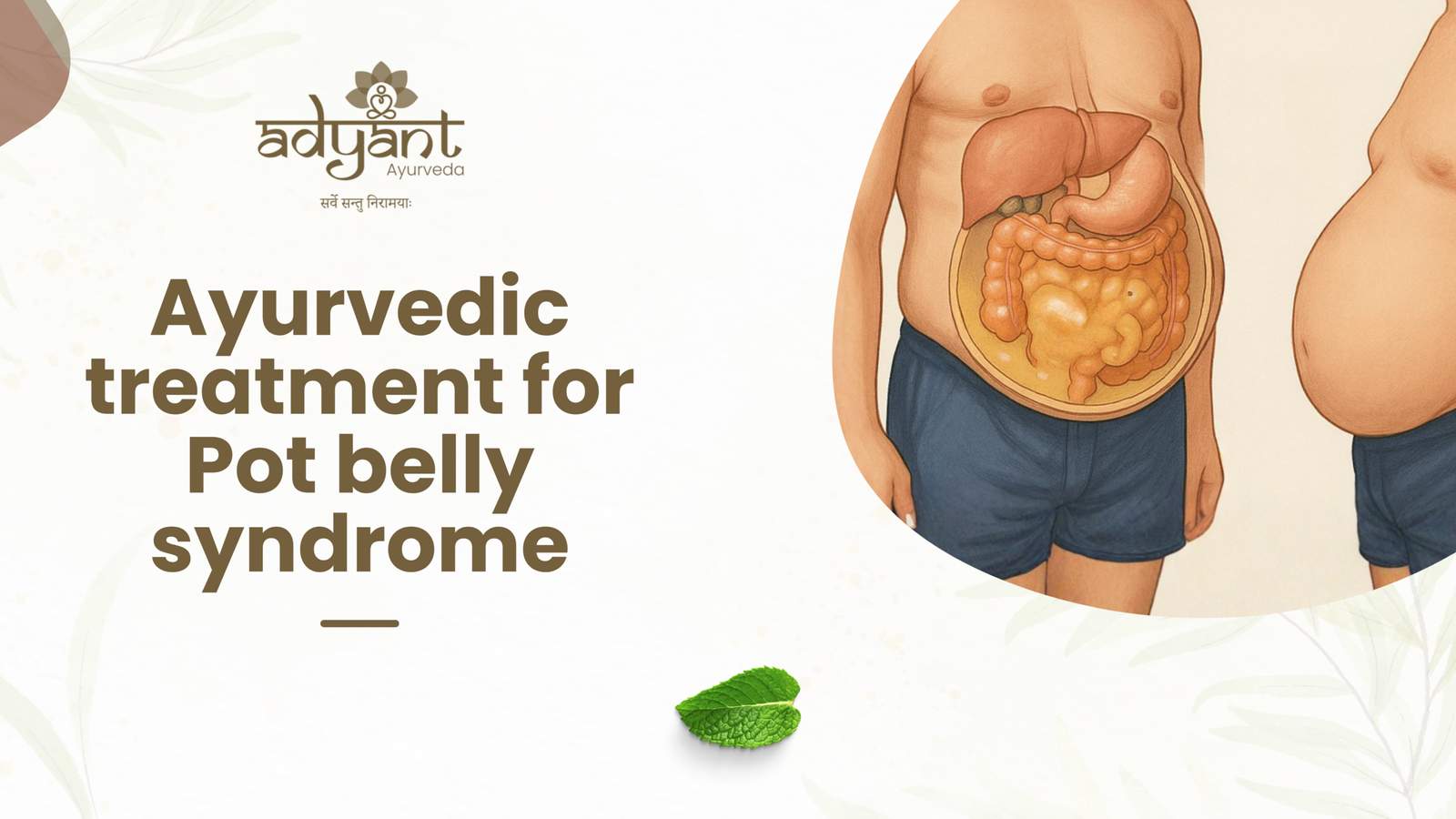Table of Contents
Toggle
Ayurvedic Treatment for Tailbone Pain (Tailbone Pain): Tailbone pain, also known as coccydynia, can be caused by various factors such as injury, poor posture, or chronic conditions. The tailbone, or coccyx, is the small triangular bone at the base of the spine. When this area becomes inflamed or injured, it can lead to significant discomfort and mobility issues.
In Ayurveda, tailbone pain (coccydynia) is seen as an imbalance in the Vata dosha, which governs movement and the nervous system. According to Ayurvedic principles, ayurvedic treatment for Tailbone Pain focuses on restoring harmony to the doshas through a combination of diet, lifestyle changes, and herbal remedies.
You May Also Like: Ayurvedic Doshas: The Complete Guide
Ayurvedic Treatment for Tailbone Pain (Coccydynia): Causes
Here we have listed the causes that can lead to Tailbone Pain:
Trauma or Injury: Direct trauma to the coccyx, such as falls or childbirth, can result in tailbone pain due to bruising or fracture. Trauma or injury to the coccyx can cause inflammation and tissue damage, leading to pain.
Prolonged Sitting: Sitting for extended periods, especially on hard surfaces, can strain the muscles and ligaments around the coccyx. Prolonged pressure on the coccyx from sitting can irritate the surrounding tissues and contribute to pain.
Poor Posture: Incorrect posture, such as slouching or sitting with improper alignment, can put undue pressure on the coccyx. Poor posture can lead to misalignment of the spine and increased pressure on the tailbone, resulting in discomfort.
Degenerative Joint Changes: Conditions like arthritis or degenerative disc disease can affect the joints and discs in the spine, including the coccyx. Degenerative changes in the coccyx joints or discs can cause inflammation and pain in the tailbone area.
Childbirth: The coccyx during childbirth can be displaced or injured due to pressure from the baby’s head passing through the birth canal. The pressure exerted on the coccyx during childbirth can cause trauma or strain, leading to postpartum tailbone pain.
Infections or Tumors: Rarely, infections or tumors in the coccyx region can cause localized pain. Infections or tumors near the coccyx can directly irritate nerves or tissues, resulting in tailbone pain.
Excess Body Weight: Carrying excess weight can increase pressure on the coccyx and surrounding structures, leading to pain and discomfort. Excess body weight can exacerbate the strain on the coccyx and aggravate existing tailbone pain.
Psychological Factors: Emotional stress or tension can exacerbate muscle tension and contribute to perceived tailbone pain. Psychological factors can amplify muscle tension and sensitivity, increasing the perception of tailbone discomfort.
Ayurvedic Treatment for Tailbone Pain: Signs and Symptoms
Localized Pain: Pain specifically in the coccyx region. Pain or discomfort felt directly at the bottom of the spine.
Increased Pain with Sitting: Exacerbation of pain when sitting for prolonged periods. Pain intensifies while sitting due to increased pressure on the tailbone.
Pain with Movement: Discomfort or sharp pain with movements such as standing up from a seated position or bending. Pain worsens during movements that involve the tailbone area.
Pain during Bowel Movements: Pain or discomfort experienced during bowel movements. Discomfort occurs during defecation due to pressure on the coccyx.
Tenderness to Touch: Increased sensitivity or tenderness when pressure is applied to the tailbone. Pain or discomfort when the coccyx area is touched or pressed.
Radiating Pain: Pain that may radiate to the lower back, hips, or thighs. Discomfort extends beyond the coccyx area, affecting nearby regions.
After recognizing the signs and symptoms you can start the ayurvedic treatment for Tailbone Pain.
Read Also: Ayurvedic Treatment for Back Pain
The Principles of Ayurveda for Healing Tailbone Pain (coccydynia)
Ayurvedic Treatment for Tailbone Pain: Balancing Doshas
Tailbone pain is often linked to an imbalance in Vata dosha, which governs movement and nervous system function. Its imbalance can lead to symptoms such as stiffness, inflammation, and discomfort in the tailbone region. Ayurvedic treatment for tailbone pain includes balancing Vata dosha to get rid of tailbone pain and promote overall well-being.
How Balancing Vata Dosha Helps in Tailbone Pain:
Reduces Nervous System Sensitivity: In the Ayurvedic Treatment for Tailbone Pain balancing Vata dosha calms hypersensitivity in the nervous system, reducing pain signals from the tailbone region.
Decreases Inflammation: Vata balancing therapies mitigate inflammation around the tailbone, alleviating pain and discomfort.
Improves Blood Circulation: Balancing Vata enhances blood flow to the tailbone area, promoting tissue repair and pain relief.
Enhances Joint Lubrication: Proper Vata balance ensures adequate lubrication of joints around the tailbone, reducing friction and discomfort.
Restores Muscular Function: Balanced Vata supports proper muscle function, reducing tension and strain on the tailbone.
Promotes Relaxation: Vata-balancing techniques induce relaxation, easing muscle tension and reducing tailbone pain.
Regulates Digestive Function: Balanced Vata supports healthy digestion, preventing the accumulation of toxins that can contribute to tailbone pain.
Stabilizes Mind-Body Connection: Balancing Vata fosters harmony between mind and body, reducing stress-related exacerbations of tailbone pain.
Supports Tissue Regeneration: Balanced Vata promotes the regeneration of damaged tissues around the tailbone, aiding in healing.
Prevents Energy Blockages: Proper Vata balance prevents energy blockages along the spine, promoting optimal nerve function and reducing tailbone pain.
Balancing Vata dosha through Ayurvedic treatments is often recommended to alleviate tailbone pain and promote overall well-being for ayurvedic treatment for Tailbone Pain.
Read Also: Ayurvedic Treatment for Joint Pain
Ayurvedic Remedies for Tailbone Pain
Ayurvedic remedies for tailbone pain aim to reduce inflammation, promote tissue healing, and restore balance to the body, offering natural and holistic relief from discomfort in the tailbone region. Some of the Ayurvedic remedies listed by our experienced doctors that help in Ayurvedic treatment for Tailbone pain:
A Heated Epsom Salt Bath: Relaxing and relieving inflammation in the tailbone area can be achieved by soaking in a warm bath containing Epsom salts.
Turmeric Milk (Golden Milk): Consuming warm milk mixed with turmeric powder has anti-inflammatory properties that can alleviate pain and promote healing.
Castor Oil Pack: Applying a warm castor oil compress to the tailbone area helps reduce inflammation and provides relief from pain.
Ginger Compress: Placing a ginger compress on the tailbone area helps improve circulation and reduce pain and discomfort.
Triphala Tea: Ayurvedic treatment for Tailbone Pain includes drinking Triphala tea made from a blend of three fruits— Amla, Haritaki, and Bibhitaki which helps to detoxify the body and reduce inflammation, relieving tailbone pain.
Ajwain (Carom Seeds) Poultice: Creating a poultice using crushed ajwain seeds and applying it to the tailbone area helps reduce pain and inflammation.
Sesame Oil Massage: Massaging the tailbone area with warm sesame oil helps improve circulation, reduce inflammation, and alleviate pain.
Ashwagandha Powder Paste: Mixing ashwagandha powder with water to form a paste and applying it to the tailbone area can help reduce pain and promote healing.
Licorice Tea: Drinking licorice tea helps reduce inflammation and provides relief from tailbone pain due to its anti-inflammatory properties.
Note: Consult with a qualified Ayurvedic practitioner or healthcare professional before trying any home remedies or Ayurvedic treatment for Tailbone Pain, especially if you have underlying health conditions or during pregnancy.
Read Also: Ayurvedic Home Remedies
Foods to Eat for Relief in Tailbone Pain:
Here we have listed 8 types of foods that you should eat if you are suffering from Tailbone Pain. These foods help a lot in the ayurvedic treatment for Tailbone Pain:
Leafy Greens: Spinach, kale, and Swiss chard provide vitamins and minerals that support tissue healing and reduce inflammation in the tailbone area.
Turmeric: This spice contains curcumin, a potent anti-inflammatory compound that can help reduce pain and inflammation in the tailbone region.
Ginger: Adding ginger to meals or drinking ginger tea can help reduce inflammation and provide relief from tailbone pain due to its anti-inflammatory properties.
Healthy Fats: Avocados, nuts, and olive oil provide healthy fats that help reduce inflammation and support overall joint health, aiding in tailbone pain relief.
Whole Grains: During the ayurvedic treatment for Tailbone Pain, you should consume light foods that are high in fiber and nutrients. They promote better digestion and reduce discomfort in the tailbone area.
Foods to Avoid for Tailbone Pain
Here we have listed 10 types of foods that you should avoid if you are suffering from Tailbone Pain.
Highly Processed Foods: Processed foods high in sugars and unhealthy fats can exacerbate inflammation and worsen tailbone pain.
Spicy Foods: Spicy foods can irritate the digestive system and potentially worsen discomfort in the tailbone area.
Carbonated Beverages: Carbonated drinks can cause bloating and gas, putting pressure on the tailbone and aggravating pain.
Caffeine: Excessive caffeine consumption can dehydrate the body and potentially increase inflammation, contributing to tailbone pain.
Highly Acidic Foods: Acidic foods like citrus fruits and tomatoes may aggravate digestive issues and worsen tailbone discomfort.
Processed Meats: Processed meats contain additives and preservatives that can contribute to inflammation and exacerbate tailbone pain.
Fried Foods: Fried foods are high in unhealthy fats, which can promote inflammation and worsen symptoms of tailbone pain.
Excessive Salt: Consuming too much salt can lead to water retention and bloating, increasing pressure on the tailbone and worsening pain.
Artificial Sweeteners: Artificial sweeteners may disrupt gut health and exacerbate digestive issues, potentially worsening tailbone pain.
Alcohol: Alcohol can dehydrate the body and increase inflammation, leading to increased discomfort in the tailbone region.
You May Also Like: Ayurvedic Treatment for Digestive Disorder
Ayurvedic Treatment for Tailbone Pain: Precautions and Considerations
Before starting the Ayurvedic treatment for tailbone pain, it is essential to observe precautionary measures to ensure safety, effectiveness, and optimal management of the condition. Some precautions we have listed below:
Dosage and Duration: Follow the recommended dosage and duration of Ayurvedic treatments as advised by your physician.
Monitoring Symptoms: Monitor your symptoms closely during treatment and report any worsening of pain or new symptoms to your practitioner promptly.
Avoid Self-Medication: Avoid self-prescription and the use of unverified Ayurvedic remedies without professional guidance to prevent potential complications.
Combination with Conventional Medicine: Inform your healthcare provider about any Ayurvedic treatments you are using, especially if you are also taking conventional medications, to prevent potential interactions.
Consultation with a Professional: Always consult with a qualified Ayurvedic practitioner before starting any treatment to ensure it’s appropriate for your specific condition and constitution.
Follow-Up Visits: Schedule follow-up visits with your Ayurvedic practitioner to assess progress, make any necessary adjustments to the treatment plan, and ensure optimal management of tailbone pain.
Click Here: For a Free Consultation
Integrating Ayurvedic Treatment into Your Daily Routine
Creating a Tailbone Pain Relief Plan
- Work with an Ayurvedic practitioner to develop a personalized treatment plan that addresses your specific symptoms and needs.
- Consistency and commitment to the recommended remedies and lifestyle changes are key.
Building a Supportive Team
- Involve family members, friends, or healthcare providers in your healing journey for encouragement and support.
- Communicate openly about your experiences and progress to maintain accountability and motivation.
Monitoring Progress and Adjustments
- Regularly assess your symptoms, pain levels, and overall well-being to track improvements.
- Adjust treatments or lifestyle recommendations as needed based on your body’s responses.
Read More: Best Ayurvedic Clinic in Bangalore
Conclusion
In conclusion, Ayurvedic treatment for Tailbone Pain offers a natural and holistic approach to relieving tailbone pain by addressing the root cause of the pain. By incorporating Ayurvedic remedies, therapies, and lifestyle changes into your daily routine, you can experience long-term relief from tailbone pain and improve your overall well-being.
Ayurvedic Treatment for Tailbone Pain: FAQs
Ques: Are Ayurvedic treatments safe for relieving tailbone pain?
Ans: Ayurvedic treatments are generally safe when prescribed by qualified practitioners and used appropriately. It is important to consult with an Ayurvedic expert before starting any new treatment regimen.
Ques: How long does it take to see results with Ayurvedic treatment for Tailbone Pain?
Ans: The timeline for experiencing relief from tailbone pain with Ayurvedic treatment can vary depending on individual factors like the underlying cause, severity of symptoms, and adherence to the treatment plan. Some individuals may notice improvements within a few weeks, while others may require longer periods for significant changes.
Ques: Can Ayurveda help with chronic tailbone pain conditions like coccydynia?
Ans: Ayurveda can offer natural and supportive approaches to managing chronic tailbone pain conditions like coccydynia. By addressing the imbalances at the root of the pain and incorporating personalized treatments, individuals may find relief and improved quality of life over time. It is essential to consult with an Ayurvedic practitioner for tailored guidance and recommendations.








